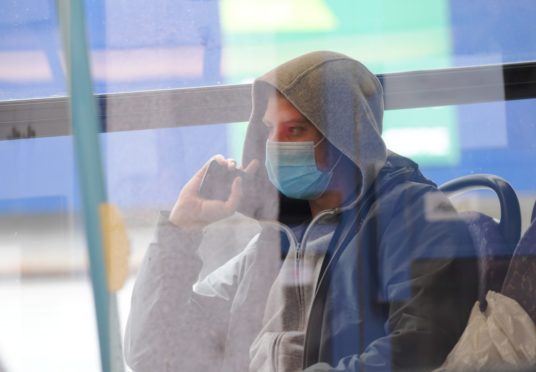Nicola Sturgeon has announced a change to the Covid lockdown rules in Scotland – heralding the country’s so-called ‘Freedom Day’.
The legal requirement for businesses to close will end, allowing nightclubs and adult venues to reopen.
And for the first time since March last year, there will be no limits on the number of people who can gather and meet together.
It will be the most freedom Scots have been able to enjoy since the pandemic hit Scotland more than a year ago.
Major changes to self-isolation rules were also confirmed by the first minister in her update to parliament.
‘Freedom Day’ Scotland – the major changes
- Social gatherings – no limits on the number of people who can meet together indoors or outside
- Social distancing – will be advised in indoor public places but not mandatory or enforced
- Face coverings – it will continue to be the law that they are worn indoors in public places
- Hospitality – all businesses will be allowed to reopen, including nightclubs
- Events – outdoor events over 5,000 and indoor events over 2,000 will still need permission
- Travel restrictions – will be used when necessary to protect against new cases and variants from abroad
- Homeworking – employers will be advised to allow home working to continue or start a gradual return to the office
Other coronavirus rule changes announced included a major shift in how people will be asked to self-isolate if they are identified as a close contact.
Anyone who has symptoms will continue to have to isolate but those who are identified as a close contact may be able to avoid it.
Anyone who has had two doses of the vaccine will be able to have a PCR test, and if this is negative they will not have to quarantine.
This will only be for those who had their second dose more than 14 days before they were alerted.
Similar changes were also announced for those 17 and under.
Vaccine passports
Nicola Sturgeon also addressed the issue of vaccine passports and the potential for their introduction in Scotland.
She said: “I can also confirm that we continue to consider very carefully the possible, albeit limited, use of Covid status certification for access to certain higher risk venues in future.
“The app will have functionality to support the use of such certificates for domestic settings should we decide that this is appropriate.
“However, I can assure parliament that we do not underestimate the ethical, equity and human rights issues associated with Covid status certification and will keep members updated and consulted on our thinking on this issue.”
Schools in Scotland
Ahead of classes returning after the summer break, Nicola Sturgeon also addressed what rules would be in place in schools.
She said: “For up to six weeks – subject then to review – there will be a continued requirement for staff to keep at least 1 metre distance from each other and from children and young people while on the school estate.
“We have also decided, after careful consideration, to retain the current requirements for face coverings in schools for staff and for children aged 12 or over.”
